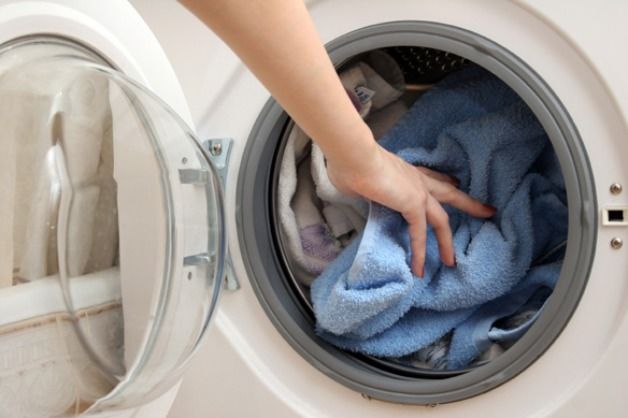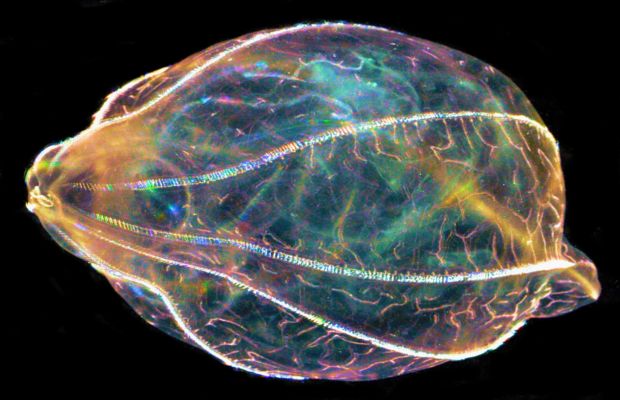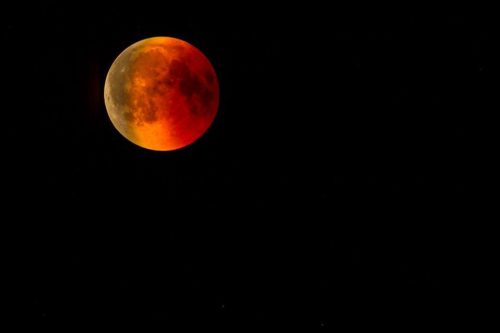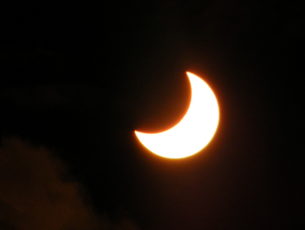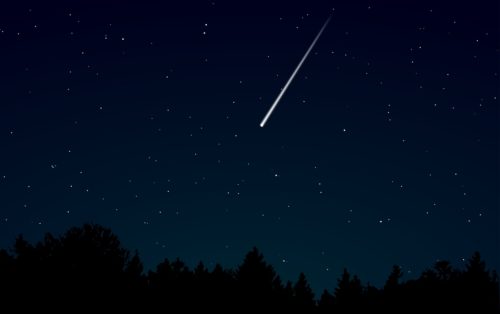 Dopo aver ripreso le sue attività, temporaneamente sospese per alcune settimane a causa della congiunzione Solare tra Marte e Terra, adesso il Mars Science Laboratory Curiosity ha un nuovo obiettivo. Il team di missione ha infatti individuato un secondo sito target per perforare, raccogliere ed esaminare campioni del sottosuolo Marziano.
Dopo aver ripreso le sue attività, temporaneamente sospese per alcune settimane a causa della congiunzione Solare tra Marte e Terra, adesso il Mars Science Laboratory Curiosity ha un nuovo obiettivo. Il team di missione ha infatti individuato un secondo sito target per perforare, raccogliere ed esaminare campioni del sottosuolo Marziano.
Dopo ‘John Klein‘ è adesso il turno di ‘Cumberland‘.
Il nuovo sito target dista appena 2,75 metri ad ovest da ‘John Klein’, la prima roccia in cui nel Febbraio scorso Curiosity aveva utilizzato per la prima volta il trapano per fare un buco nella superficie Marziana ed estrarre un campione dal sottosuolo. Le analisi compiute su tale campione con i laboratori di bordo avevano rilevato per la primissima volta che il terreno mostrava compatibilità con la possibilità di sostenere la vita microbica nell’antico passato del Pianeta Rosso. Adesso è stato scelto un nuovo punto da perforare, una roccia a cui è stato dato il nome informale di ‘Cumberland’
campione con i laboratori di bordo avevano rilevato per la primissima volta che il terreno mostrava compatibilità con la possibilità di sostenere la vita microbica nell’antico passato del Pianeta Rosso. Adesso è stato scelto un nuovo punto da perforare, una roccia a cui è stato dato il nome informale di ‘Cumberland’
La roccia è anch’essa piatta e presenta venature chiare con una superficie irregolare. ‘Cumberland’ pur essendo molto simile a ‘John Klein’ sembra avere molti più granuli (resistenti alla erosione), i responsabili delle asperità del suolo.
Questi cono concrezioni, o grumi di minerali, che si sono formati quando l’acqua aveva intriso la roccia molto tempo fa. Il nuovo campione di sottosuolo che verrà estratto sarà anch’esso esaminato dagli strumenti SAM (Sample Analysis at Mars) e CheMin (Chemistry and Mineralogy) a bordo di Curiosity. Questa nuova perforazione e successiva attività di analisi sono volte a confermare gli importanti risultati raggiunti con il primo esame. Gli scienziati di missione terranno conto anche delle eventuali "contaminazioni incrociate" relative alla precedente analisi.

(fonte: NASA)
This second drilling target, called "Cumberland," lies about nine feet (2.75 meters) west of the rock where Curiosity’s drill first touched Martian stone in February. Curiosity took the first rock sample ever collected on Mars from that rock, called "John Klein." The rover found evidence of an ancient environment favorable for microbial life. Both rocks are flat, with pale veins and a bumpy surface. They are embedded in a layer of rock on the floor of a shallow depression called "Yellowknife Bay."
This second drilling is intended to confirm results from the first drilling, which indicated the chemistry of the first powdered sample from John Klein was much less oxidizing than that of a soil sample the rover scooped up before it began drilling.
"We know there is some cross-contamination from the previous sample each time," said Dawn Sumner, a long-term planner for Curiosity’s science team at the University of California at Davis. "For the Cumberland sample, we expect to have most of that cross-contamination come from a similar rock, rather than from very different soil."
Although Cumberland and John Klein are very similar, Cumberland appears to have more of the erosion-resistant granules that cause the surface bumps. The bumps are concretions, or clumps of minerals, which formed when water soaked the rock long ago. Analysis of a sample containing more material from these concretions could provide information about the variability within the rock layer that includes both John Klein and Cumberland.
Mission engineers at NASA’s Jet Propulsion Laboratory in Pasadena, Calif., recently finished upgrading Curiosity’s operating software following a four-week break. The rover continued monitoring the Martian atmosphere during the break, but the team did not send any new commands because Mars and the sun were positioned in such a way the sun could have blocked or corrupted commands sent from Earth.
Curiosity is about nine months into a two-year prime mission since landing inside Gale Crater on Mars in August 2012. After the second rock drilling in Yellowknife Bay and a few other investigations nearby, the rover will drive toward the base of Mount Sharp, a 3-mile-tall (5-kilometers) layered mountain inside the crater.
JPL, a division of the California Institute of Technology, Pasadena, manages the Mars Science Laboratory Project, of which Curiosity is the centerpiece, for NASA’s Science Mission Directorate in Washington.





